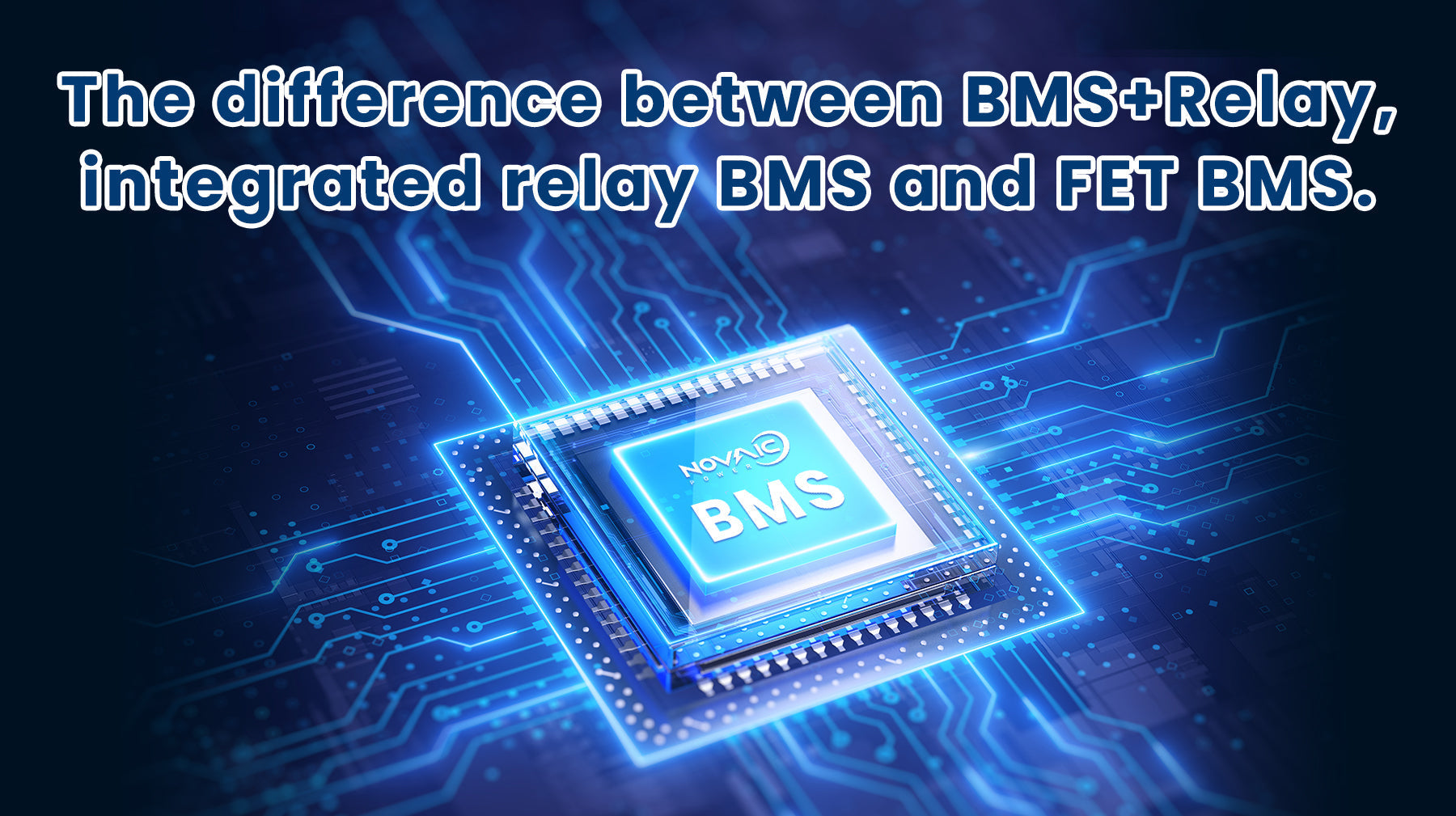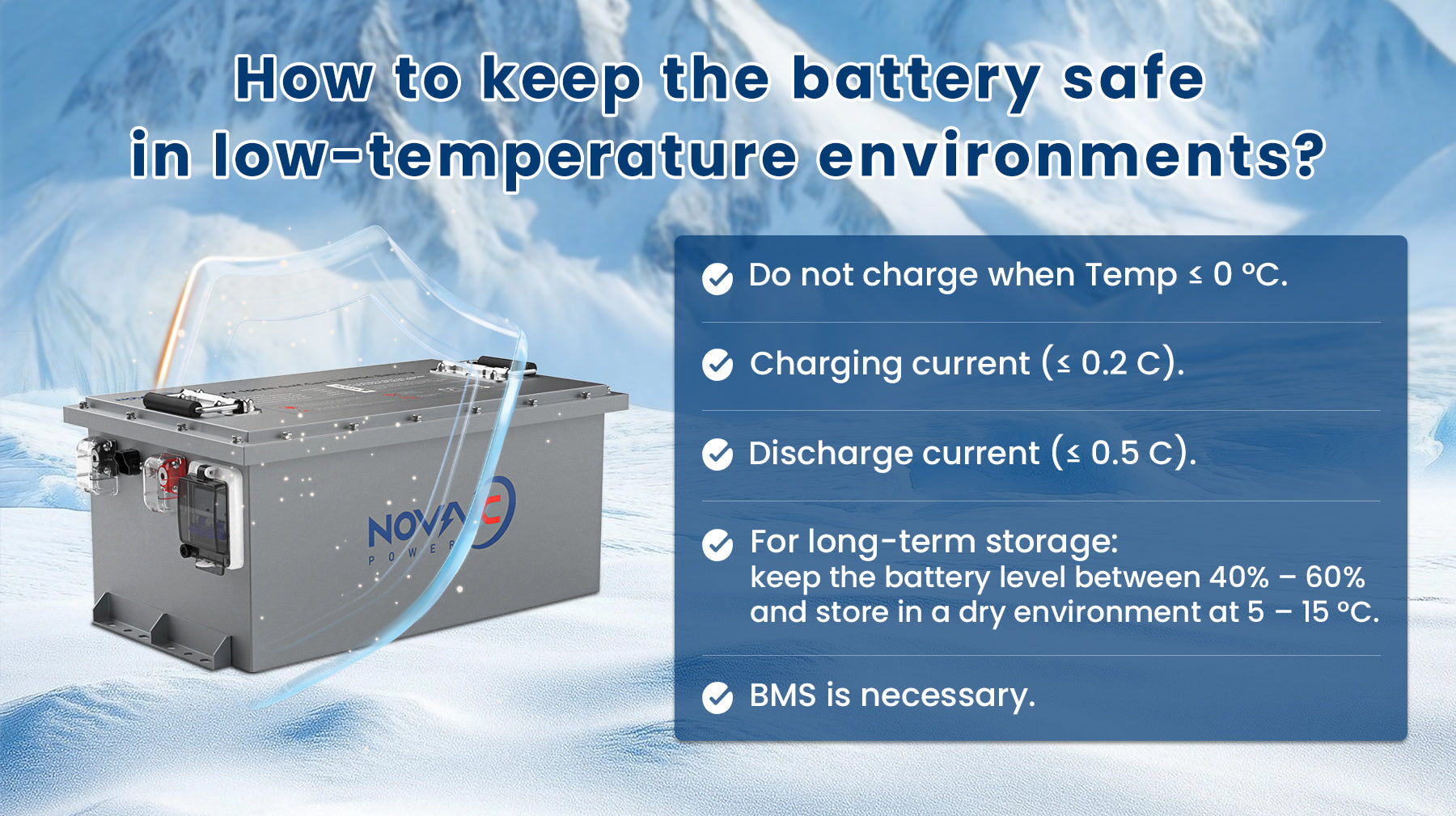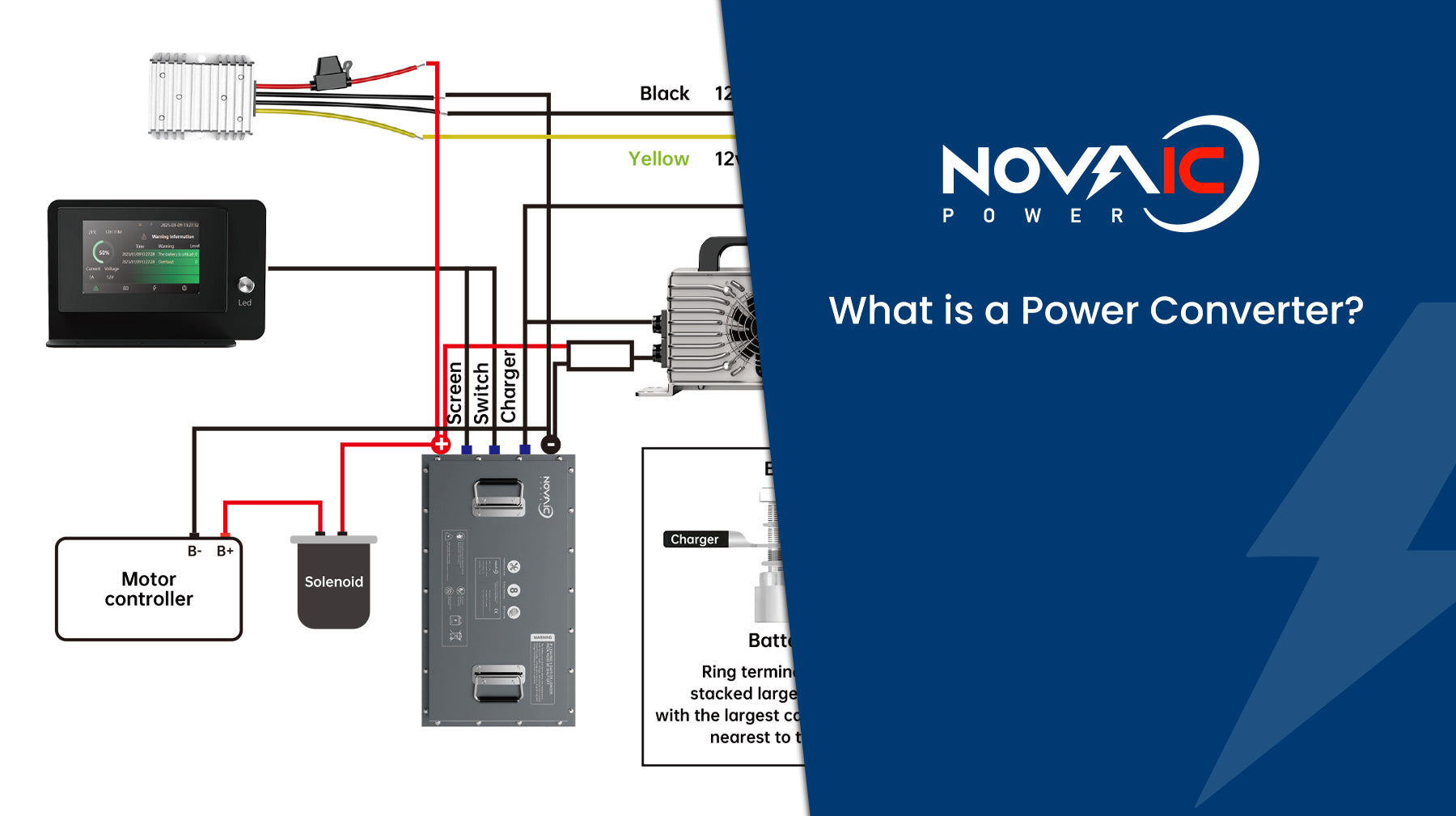Why Cell Balancing is Crucial for Battery Performance and Longevity
When it comes to battery technology, whether it's for electric vehicles, energy storage systems, or portable electronics, one of the most overlooked yet critical aspects is cell balancing. This process plays a significant role in ensuring the overall health, safety, and efficiency of the battery pack.
In this blog post, we’ll dive deep into what cell balancing is, why it’s essential, and how it impacts the performance and lifespan of batteries.
What is Cell Balancing?
Cell balancing refers to the process of equalizing the voltage levels across individual cells in a battery pack. A battery pack typically consists of multiple cells connected in series and/or parallel to achieve the required voltage and capacity. However, each cell has its own characteristics, and even small discrepancies in voltage can lead to significant performance issues over time.
There are two main types of cell balancing:
① Passive Balancing: Involves dissipating excess energy from higher-voltage cells as heat to bring them in line with the lower-voltage cells.
② Active Balancing: Redistributes excess energy from higher-voltage cells to lower-voltage ones, making it a more efficient approach.
Why is Cell Balancing Important?
① Prevents Overcharging and Undercharging
When cells within a battery pack become unbalanced, some cells may become overcharged while others may be undercharged. Overcharging can lead to dangerous situations like thermal runaway, where the cell overheats and may even catch fire. On the other hand, undercharging reduces the usable capacity of the cell, limiting the battery’s overall performance.
Cell balancing ensures that all cells are charged within safe limits, optimizing the battery’s performance and minimizing the risk of failure.
Risk: Without balancing, some cells might fail prematurely, which can cause a domino effect, resulting in the entire pack failing sooner than expected.
② Improves Battery Performance
When cells in a battery pack are balanced, they work more efficiently together. Unbalanced cells can cause the battery pack to operate less effectively, leading to reduced voltage output and impaired overall capacity. When one or more cells are weaker than the others, they limit the battery’s ability to deliver consistent power.
By keeping the cells balanced, the battery can sustain higher power outputs, improve overall voltage stability, and ensure consistent performance over time.
Benefit: A well-balanced battery can provide more consistent power for longer periods, enhancing the user experience, whether it’s for an electric vehicle or a solar energy storage system.
③ Extends Battery Lifespan
One of the most significant benefits of cell balancing is its ability to extend the lifespan of a battery pack. When cells are left unbalanced, the weaker cells may experience higher levels of strain, leading to faster degradation and diminished overall capacity. In the long run, this can result in a shortened battery life and the need for costly replacements.
By ensuring that all cells are operating at similar voltages, cell balancing helps distribute the stress evenly across the cells, leading to more uniform wear and tear.
Long-Term Benefit: Cell balancing can significantly increase the overall longevity of the battery, ultimately saving money on replacements.
④ Enhances Safety
Unbalanced cells can lead to a host of safety issues. Thermal runaway, where a cell overheats and potentially explodes or catches fire, is one of the biggest risks associated with poor balancing. By ensuring that cells are maintained within safe voltage limits, cell balancing systems can help prevent these types of safety hazards, keeping both users and devices safe.
Safety: Proper cell balancing helps avoid dangerous situations such as overheating, swelling, or even fires in extreme cases.
⑤ Optimizes Charging Efficiency
When cells are out of balance, some cells may reach their full charge more quickly, while others may still have a long way to go. As a result, the entire battery pack has to be charged based on the weakest link, meaning the charging process becomes less efficient.
Cell balancing ensures that all cells charge evenly, reducing the amount of time spent charging and improving the overall energy efficiency of the battery. This results in faster charging times and lower energy waste, ultimately enhancing the user experience.
Efficiency: Efficient charging means less time spent plugged in and more time using the battery at full capacity.
How is Cell Balancing Achieved?
The balancing process is typically managed by a Battery Management System (BMS), which monitors the voltage of each cell and makes adjustments as needed. Depending on the technology, a BMS can either passively or actively balance the cells, ensuring that they remain within the optimal voltage range during charging and discharging cycles.
Many modern systems feature real-time monitoring and adaptive balancing, allowing the battery to adjust its balancing strategy based on usage conditions and environmental factors.
Conclusion
Cell balancing is not just a luxury; it’s a vital necessity for ensuring the performance, safety, and longevity of any battery pack. By making sure that all cells are balanced, users can enjoy:
- Better performance
- Longer battery life
- Increased safety
- Faster and more efficient charging
Whether you're using batteries for an electric vehicle, a power tool, or an energy storage system, investing in a battery system with proper cell balancing is a crucial step in maximizing the value and utility of your device. So next time you think about your battery system, remember: balanced cells are happy cells.









Share:
Why Relay-Based Systems Outperform MOSFETs in High-Rate Discharge Battery Packs
Golf Cart Lithium Tech: From Range Anxiety to All-Scenario Performance